The State of the Forests in Canada: Degraded
Forest degradation is wide-spread in Canada
We expect a lot from forests. They regulate our climate, protect biodiversity, support reconciliation with Indigenous peoples, maintain jobs and provide everyday products that we use.
But industrial activities, including logging, have degraded forests in Canada and continue to do so. A new model of forest planning, management and stewardship is needed. As a first step, we need transparent reporting on the current state of forests in Canada.
Industrial development degrades wildlife habitats
Canada has more than 1.5 million kilometres of logging and access roads — enough to circle the Earth 37 times. More than 90 per cent of those roads are in B.C., Quebec and Ontario.
These roads fragment habitat and disturb predator-prey dynamics. They can also lead to overharvesting of wildlife such as moose, lake trout, and other game species.
Stands of mature and old-growth forests in southern boreal, temperate and coastal rainforests forests across Canada are decreasing, eliminating critical habitat for species such as caribou and birds that depend on the unique qualities of these forest ecosystems.
We can’t log our way out of the climate crisis
As the climate continues to change, forests will be squeezed between growing demand for forest products and losses to natural disturbances such as increasingly severe forest fires. Many forest management practices – such as extensive clearcut logging, herbicide spraying, dense conifer planting, and associated fire suppression – can increase the vulnerability of forests and communities to extreme flooding and wildfires.
The forest industry’s claims of carbon neutrality are based on misleading assumptions, which downplay the contribution of industrial logging to carbon emissions. Logging has been shown to be among Canada’s highest-emitting sectors, accounting for more than 10 percent of the country’s annual GHG emissions.
Indigenous interests, knowledge and governance systems are diverse
Some provinces and territories have proceeded to share governance of wood-to-mill forest tenures with First Nations. This is a necessary step to economic reconciliation. However, many provincial governments have made little to no progress at all towards equitably sharing decision-making in forests.
Indigenous nations that seek alternatives to industrial-scale development have faced significant barriers to the application of their rights and responsibilities in forest management practices. Some provinces have outrightly refused to participate in Indigenous-led conservation initiatives. Many provinces have approved logging in forest stands which First Nations have identified as having ecological and cultural value that are incompatible with industrial logging. Some pulp mills have left ongoing legacies of water poisoning.
Our governments need to be transparent and accountable
For decades, Canada has been quick to point the finger at deforestation in the Global South as the standard by which to gauge the state of forests in Canada, while ignoring the issue of forest degradation.
This is especially important in light of the trend towards increasing foreign ownership of forestry companies operating in the forests of Canada.
Comprehensive, transparent and accountable reporting on the state of forests in Canada is needed now, more than ever.







